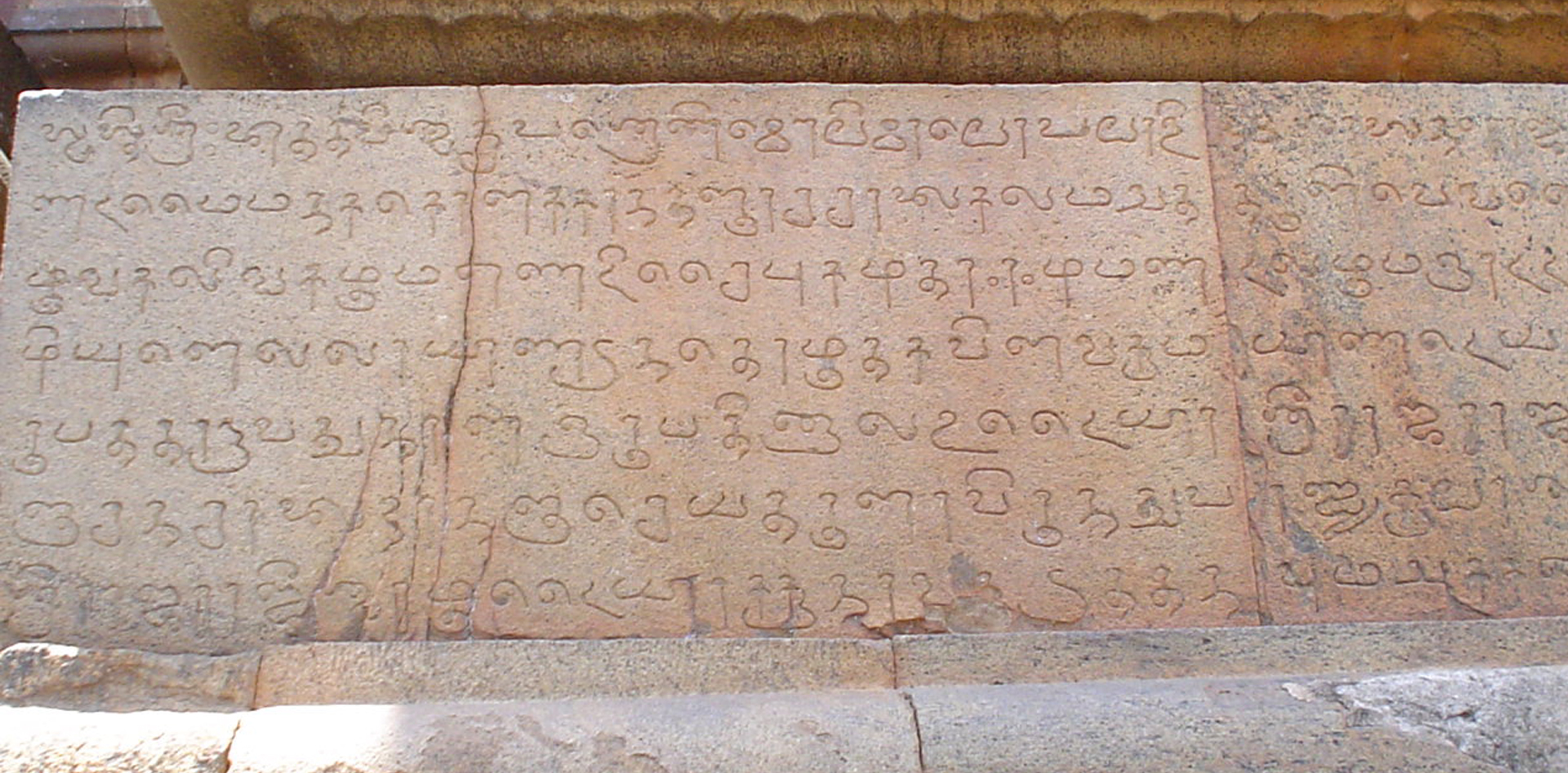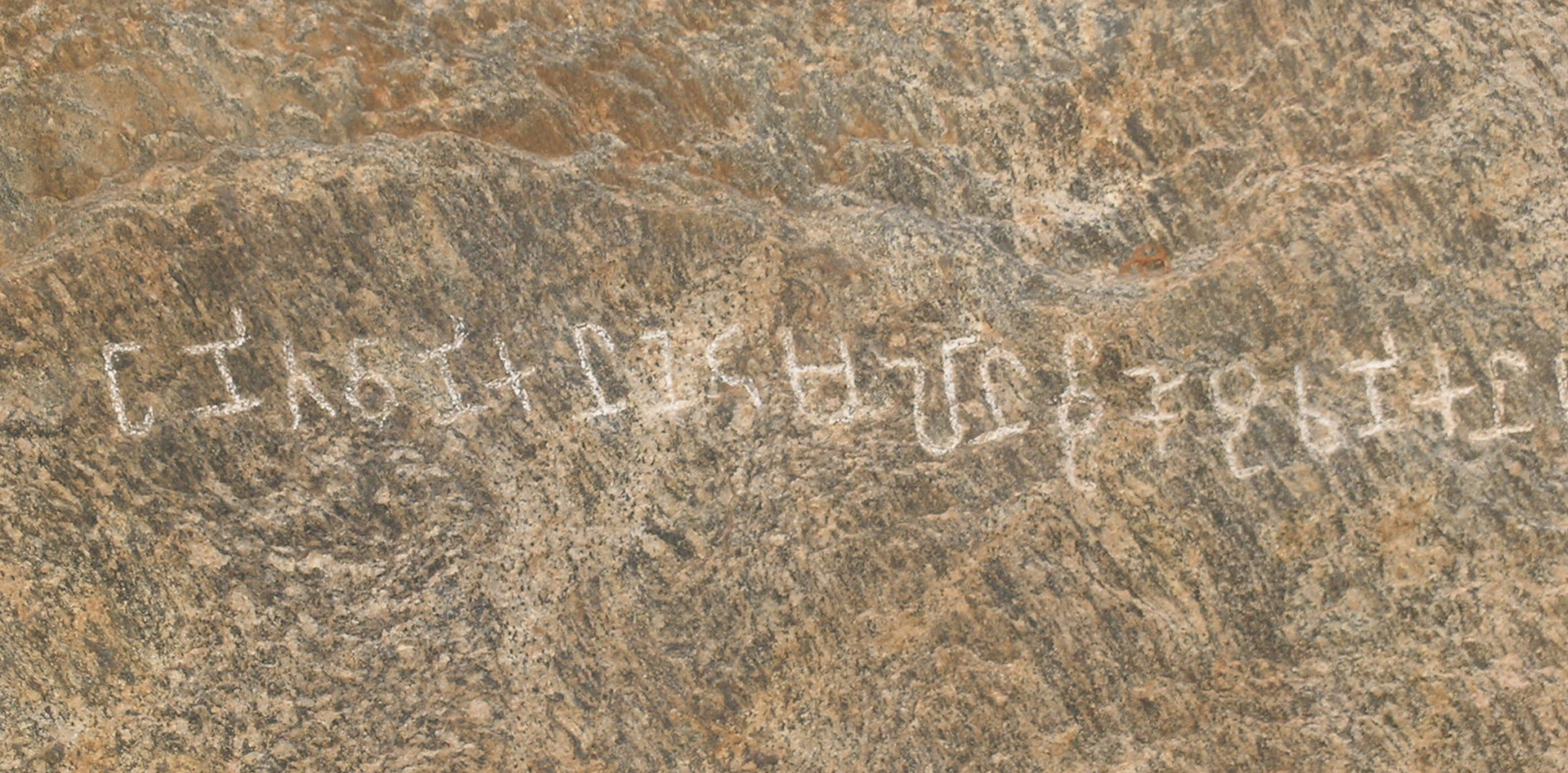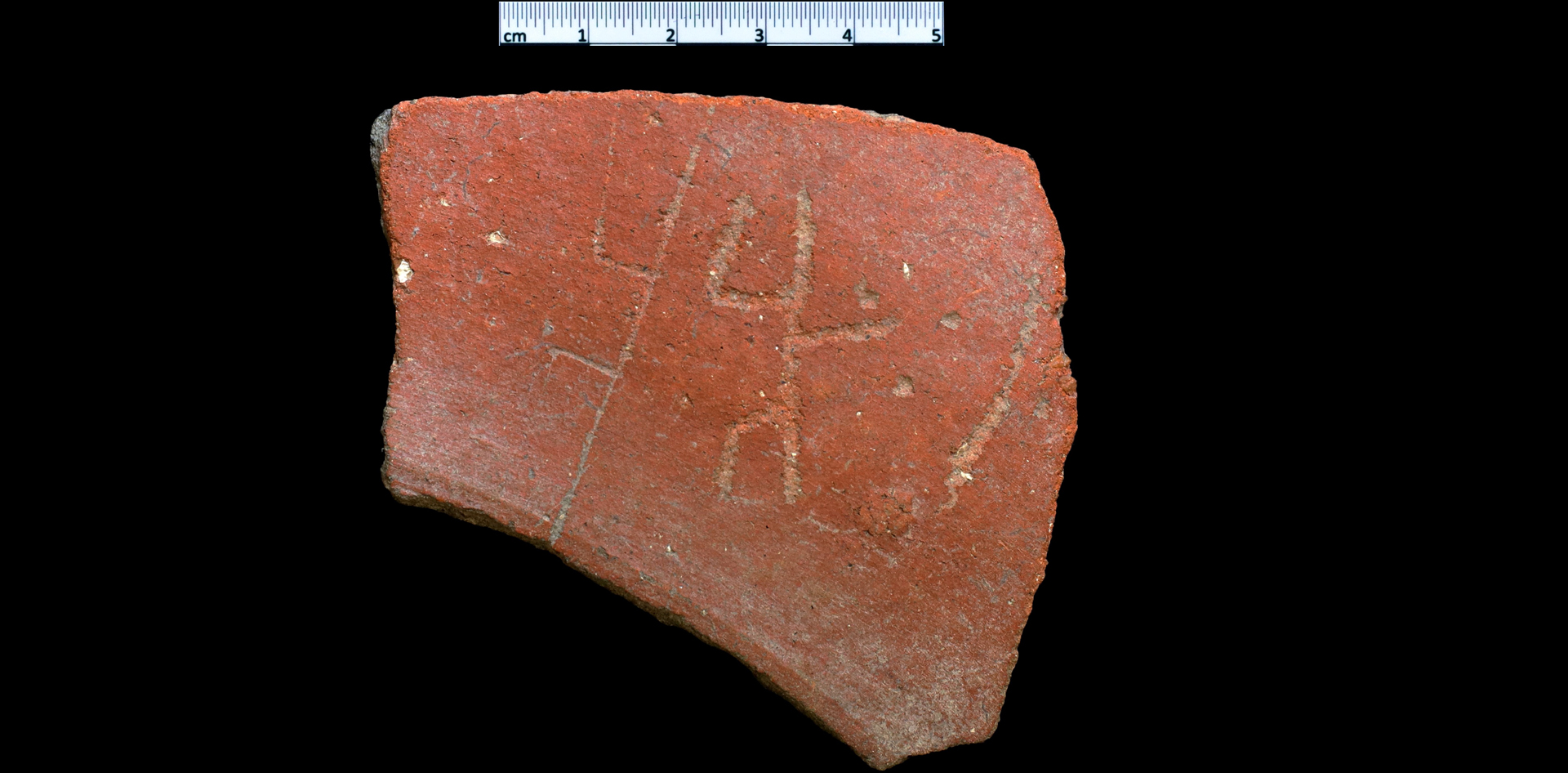- Home
- Epigraphy
Epigraphy
The word epigraphy is derived from two Greek words viz., epi meaning on or upon and graphie meaning to write. And hence, epigraphy is the study of writings engraved on stone, metal and other materials lie wood, shell etc., known as ‘inscriptions’ or ‘epigraphs’. Though engraving is the chief characteristic of an epigraphy, there are some exceptions where old writings in ink on rocks, boulders etc., are also accepted as epigraphs. A person who is engaged in the decipherment and interpretation of the epigraphs is called an epigraphist
The Epigraphy Branch of the Archaeological Survey of India came into existence in the year 1886 at Bangalore. The British who were the first to realize the importance of inscriptions for the reconstruction of our countryÏs history, opened a separate branch under their administration for the collection of inscriptions. Since then this branch has not only collected thousands of inscriptions, but also edited and published them. After some years this branch was shifted to Ootacamund in 1903 and functioned there till 1966 and there after, it was shifted to Mysore where it continues to function. Dr. E.Hultzsch, a renowned German Indologist who was equally well-versed in Dravidian and Sanskritic epigraphy was the first Government Epigraphist for Indian. It was he who laid a solid foundation for the epigraphical studies in our country. He and his able successor V.Venkayya rescued South Indian Epigraphy from the oblivion to which it was consigned prior to the organization of epigraphical department. Venkayya was succeeded by Sten Know, the latter by F.W.Thomas and he in turn by the erudite epigraphist H. Krishna Sastri who was succeeded by the great Indologist from Punjab, Hirananda Sastry. These erudite scholars made great contribution for the growth and development of epigraphical studies. Among the epigraphists who succeeded them and figure prominently are Sri N.L.Rao, Dr. B.Ch.Chhabra, Dr. D.C.Sircar and Dr. G.S.Gai.
Inscriptions are broadly divided into two categories viz, stone inscriptions and copper-plate grants.
Majority of stone inscriptions are donative in character, while some are secular in nature.
Inscriptions found on walls of the temple are valuable in as much as they furnish information about the ruling king and his administrative setup, the donor, the builder of the temple and its date and the circumstances under which it was built.
The copper-plate inscriptions mostly record land-grants made to learned Brahmanas and educational institutions. Aśoka's inscriptions called 'edicts', heralding dharma (piety), form a separate class by themselves.
The word sasana means a raja-śāsana or a royal charter and tamra-sasana is a royal charter engraved on a plate or plates of copper. Raja-śāsanas are classified under three heads
viz., 1. dana-śāsana - recording gifts,
2 prasada-śāsana - recording various kinds of favour and
3. jaya-patra declaring victory of one of the parties in a dispute. Inscriptions, from the point of view of their contents, have been classified into many types - yupa-sasana (engraved on a sacrificial post) stambha-sasana (engraved on a pillar, either architectural or commemorative), pratima- sasana (image inscription), kraya-sasana (sale deed), vijaya-sasana (victory edict), viragal (hero-stone, which may be merely commemorative or even donative), mahāsati stones (inscriptions recording cases of self- immolation by the deceased heroes' wives) and so on.
India is singularly rich in epigraphical wealth. It is estimated that so far more than one lakh inscriptions have been discovered from the length and breadth of the country, and still a large number of inscriptions have to be brought to light by conducting an intensive and systematic survey of our vast sub- continent.
Epigraphy forms one of the very important sources for understanding the history and culture of the Indian people from the time of the Mauryan emperor Aśoka (3rd century BC) to the late medieval period.
It is only from a patient and painstaking study of a large number of connected inscriptions that a reconstruction of not only the political and dynastic history, but also the social, religious, administrative and economic history of a particular period or reign or region could be undertaken.
The Epigraphy Branch of the Archaeological Survey of India came into existence in the year 1886 at Bangalore. The British who were the first to realize the importance of inscriptions for the reconstruction of our country's history, opened a separate branch under their administration for the collection of inscriptions. Since then this branch has not only collected thousands of inscriptions, but also edited and published them. After some years this branch was shifted to Ooty in 1903 and functioned there till 1966 and there after, it was shifted to Mysore where it continues to function. Dr. E.Hultzsch, a renowned German Indologist who was equally well-versed in Dravidian and Sanskritic epigraphy was the first Government Epigraphist for India
 Home
Home







